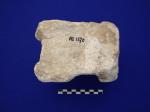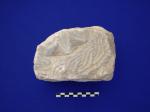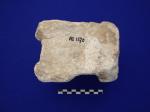
Illustrations
- No uploaded files
Description
- Medieval low relief
- White marble
- 1
- 14.4
- 10.5
- 10.6
- The breaks on two sides of the fragment are straight and regular suggesting that the block was intentionally trimmed for reuse. The carved surface is significantly worn, slightly discoloured, with some more recent scratches.
- AE 1170 preserves a broad tri-band guilloche strip edged on either side by a single, pointed band, encircles a six or eight pointed star. The guilloche strip appears to turn, suggesting that the pattern continued, perhaps into a grid of interconnected circles.
- Guilloche patterns of various kinds (i.e. comprising flat-faced ribbon-like bands, bisected bands, trisected bands) were among the stock patterns of the period. In his discussion of low relief in Liguria, Paolo Verzone points out that the motif was common in Greece and Central Italy already in the seventh century (Verzone 1945, 161). Early examples in Rome include a band below an eighth-century inscription on an architrave from S. Adriano (Stella Arena, et al. 1994, 483–86, IV.2.a–f). Guilloche bands often bordered and delineated patterns within a single slab and filled narrow spaces and interstices. See, for example, several pieces now housed in Rome's Museo dell'Alto Medioevo (Melucco Vaccaro and Paroli 1995, nos 28, 30, 31, 33, 34a, 34b, 35 and 54b) and a well head housed in Berlin'sMuseum für Byzantinische Kunst (no. 2924, http://www.smb-digital.de/eMuseumPlus?service=ExternalInterface&module=collection&objectId=1485653&viewType=detailView).
- The tri-band guilloch pattern is found on several fragments at Villamagna: AE 1039, AE 1054, AE 1055 (sides a and b) and AE 1168a












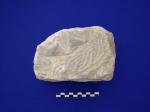
![Download [view]](/villamagna/ark//skins/villamagna/images/results/download_sml.png)
